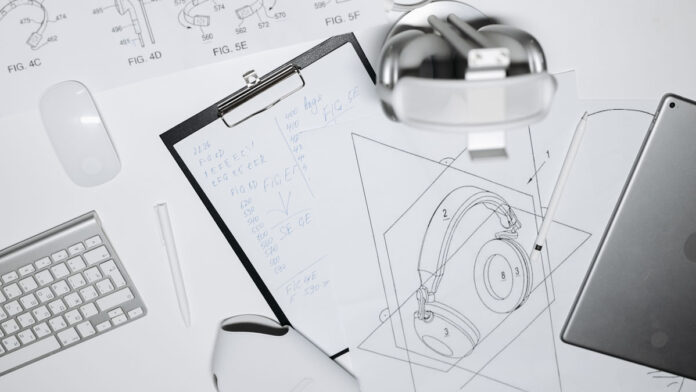Have you ever thought about designing and manufacturing your own product but stumbled at the first step? It’s not uncommon for entrepreneurial inventors and designers to envisage innovative products but become disillusioned or dissuaded by the seemingly impossible process of taking ideas from the concept stage through to final production and delivery.
If that sounds in any way familiar, read on for some tried and tested tips that will help you get your fledgling idea off the ground.
Look at your market and evaluate the possible competition
While there are exceptions, it will be considerably harder to launch a product in an already crowded market, so take some time to look around your intended sector to evaluate the viability of your idea. Checking out the competition will also help give you ideas for your packaging, materials, design, etc.
Make a mock-up
Making a visual representation will focus your mind and let you see potential problems with your idea before committing to production and parting with cash. Online tools like PSD Covers will allow you to make a mock-up of your product.
Think about the materials you’re going to need
Early in the design process, you should have a very clear idea of the materials you will need to make your product. Check online, visit stores, and request catalogs from suppliers to ascertain prices for the best products to achieve your end goals. Trusted and experienced suppliers of raw material such as Avocet Precision Metals will be able to offer very competitive pricing alongside their vast knowledge by using them directly.
Produce a basic sample
Once you’ve selected the materials you’re going to use, it’s time to make a rough sample to test the functionality of your idea. This will also help further down the line when you approach a manufacturing company.
Produce a spec sheet
Making a sample should help focus the actual functionality of your idea and allow you to draft a spec sheet for your product, including everything from the shape, size, color, and weight of your finished model.
Commission a professional prototype
In many cases, it will be unlikely you’ll be able to produce your product by yourself, so you’ll probably need to approach a production company to manufacture a working prototype of your idea – hence the importance of the previous two stages. You’ll need to supply the manufacturing company with a detailed list of your product’s specs – plus a basic mock-up – to give them a clear idea of what you’re hoping to make. At this stage, the manufacturing company will also likely offer additional hints or tips that you might not have considered.
Get as much feedback as you can
Ideas are all well and good when they’re ratting around your head, but it’s only through putting a product out to testing that you’ll get a real sense if you’re onto something. Comprehensive testing is essential if you’re to hit the ground running with your final product, so get as much feedback as possible. Remember too that, just because you understand your product and how it works, you should never presume everyone else will. In particular, it’s worth bearing in mind the old saying, “Nothing is foolproof to the sufficiently talented fool”. There simply is no way of telling if your product is going to be user-friendly without letting people test it.

